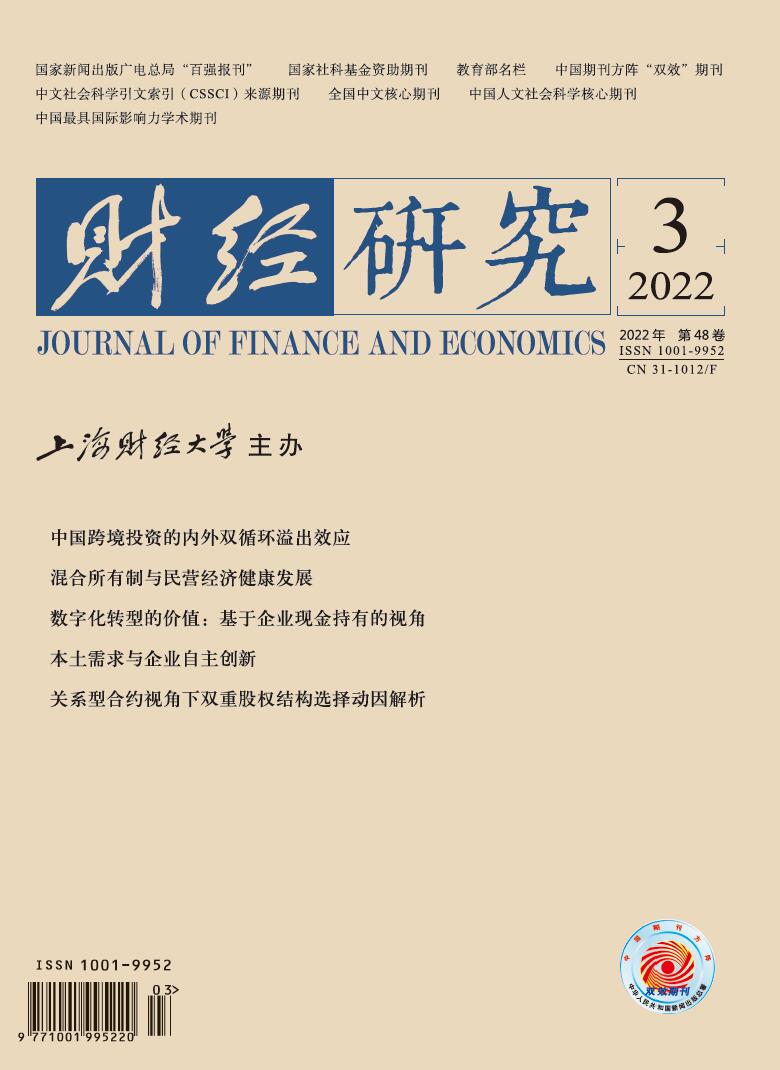China’s economy is facing the pressure of building a dual-cycle development pattern and deepening innovation-driven development. Since the implementation of the innovation-driven development strategy, China has made great progress in innovation and development, but there is still a certain gap between China and developed countries in key core technologies and original innovation. For China, where the spatial distribution of innovation resources is extremely uneven, inter-city cooperative innovation is the key to carry out cooperative innovation and release innovation potential. In particular, under the background of constructing a new dual-cycle development pattern with domestic cycle as the mainstay and deepening innovation-driven development, promoting inter-city cooperative innovation has important significance for guiding innovation resource cooperation, improving innovation capacity, and promoting domestic innovation cycle.
In this context, this paper, for the first time, uses the “Broadband China” strategy to evaluate the impact of network infrastructure construction on inter-city cooperative innovation, and tests the promotion effect of multiple pilot policies. The results show that the “Broadband China” strategy significantly promotes the development of inter-city cooperative innovation. On average, the number of inter-city cooperative patents (per 10,000 people) in pilot cities increases by 0.890, and the policies have a promotion effect. The mechanism test shows that the “Broadband China” strategy is beneficial to the inter-city cooperative innovation by promoting the development of local high-tech industries and expanding the spatial extension of inter-city cooperative innovation. The heterogeneity test shows that the “Broadband China” strategy has a greater impact on the cooperative innovation of cities in eastern and southern provinces. In addition, the difference of urban population size and the type of urban cooperative patent are the reasons for the heterogeneity effect of “Broadband China” strategy.
The possible contribution of this paper is mainly reflected in the following three aspects: Firstly, it uses the “Broadband China” strategy to evaluate the impact of network infrastructure construction on inter-city cooperative innovation, which enriches the literature on regional cooperative innovation research at the city level. Secondly, it identifies the promotion effect of pilot policies based on the multiple batches of “Broadband China” strategy pilot policies. This is helpful to correctly understand the demonstration and leading role of the pilot, so as to better drive the reform and promote the implementation of the policies. Thirdly, it innovatively constructs the index of inter-city cooperative innovation distance, and further reveals the mechanism of network infrastructure influencing inter-city cooperative innovation from the two perspectives of “local effect” and “connection effect”.
The conclusion of this paper provides policy enlightenment for China to improve network infrastructure construction, deepen inter-city cooperative innovation, and accelerate the formation of a new dual-cycle development pattern. In particular, network infrastructure development needs to consider regional differences and strengthen coordination with relevant innovation policies.





 6816
6816  7227
7227

